About 2 years since a trade deal between the United States and China – called “Phase One” – went into effect on 14 February 2020, the deal appears to be nothing but a promise meant to be broken. From the start, the deal was doomed to fail simply because it lacks sincerity, not to mention it was being forced on China as (former) President Donald Trump wanted a victory.
On Monday (Feb 7), U.S. officials demanded “concrete action” from China to make good on its commitment to purchase US$200 billion in additional American goods and services in 2020 and 2021. Washington said it was fast losing patience as Beijing has so far “not shown real signs” of increasing purchases to close the gap in the deal which already expired at the end of 2021.
According to the trade data, apparently China had met only 57% of its two years’ promise in the deal signed during the Trump administration. However, the Chinese were only interested in more “talks” instead of meeting its purchase commitment. Nonetheless, Deputy U.S. Trade Representative Sarah Bianchi admitted that the U.S. has little leverage to enforce the half-baked deal.
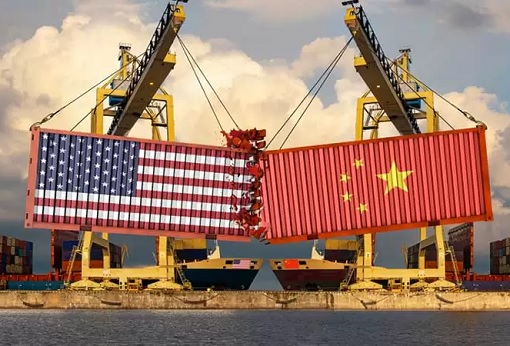
When Trump took office in January 2017, he was cocksure that it would be an easy win to pressure Beijing to reduce the U.S. trade deficit with China. The simple logic, as trumpeted by Trump, was that because China exports more to the U.S., a trade war can be easily won by slapping the Chinese with taxes or tariffs. Many economists had believed that China would eventually lose the trade war.
The U.S. imported US$539.5 billion from China in 2018, but shipped only US$120.3 billion in goods to the country. Hence, the US$419.2 trade deficit. It was an increase from US$375.2 billion deficit recorded a year earlier in 2017. In June 2018, Trump slapped 25% tariffs on US$50 billion worth of Chinese goods, only to see China retaliated with the same 25% tariffs on US$34 billion of American goods.
In May 2019, the Trump escalated the trade war by increasing the tariffs on US$200 billion of Chinese goods from 10% to 25% and threatened to impose 25% tariffs on an additional US$325 billion of Chinese goods. Beijing threatened to cancel all trade talks with Washington, triggering a panic stock market sell-off on Wall Street.
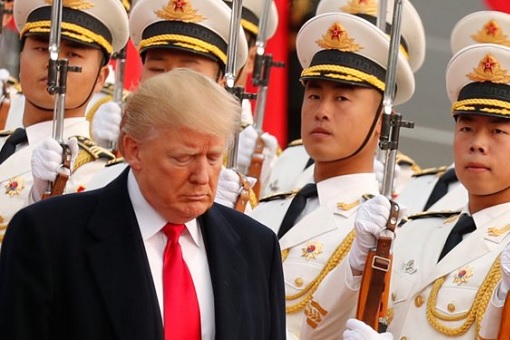
As the trade war negatively impacted the economies of both countries as well as the world, subsequently the “Phase 1” trade deal was signed. After his failure to bring down China to its knees, Trump considered the deal as a trophy. However, the half-baked deal contained tonnes of loopholes, not to mention vague languages that allow either party to appeal, complain and talk again.
To meet the US$200 billion numbers, the “Phase One” deal says Beijing will buy US$77 billion in 2020 and US$123 billion in 2021 of additional American products. Therefore, in theory, the U.S. exports to China should skyrocket to US$263 billion in 2020 and US$309 billion in 2021 (based on a 2017 baseline, the year China bought US$186 billion of goods and services).
After the deal was signed in Jan 2020, Donald Trump was so delighted that the president blew his own trumpet, claiming that he was the only “chosen one” who can successfully pressure China for more concessions. In return for signing the Phase-1 deal, Washington agreed to cut tariffs on US$120 billion in Chinese goods by half – from 15% to 7.5% – and scrapped other planned tariffs.
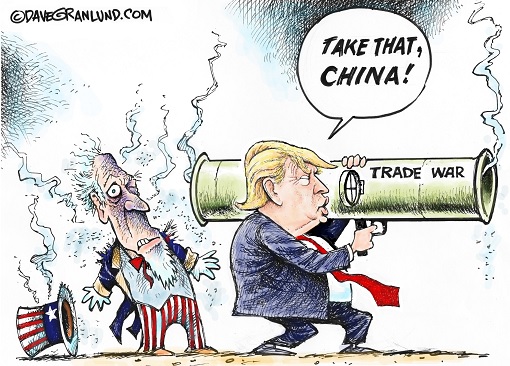
But the promise to buy US$200 billion of American goods over the next 2 years already looked quite impossible at that time, said most of the analysts. To achieve those mind-boggling numbers, China has to divert its import from other countries to the U.S., literally putting almost all the eggs in one basket, a very risky and dumb business decision.
The Coronavirus outbreak was seen as a blessing in disguise for China. The world’s second biggest economy shrank 6.8% in the first quarter of the year – the first time China’s economic powerhouse has ever experienced a contraction since 1987. That obviously has created doubts whether the country could actually fulfil its promise to purchase US$200 billion in U.S. goods over the next 2 years.
In 2020, China spent only US$94 billion on the American goods, roughly about the same figures in 2017, the year before Mr Trump began his trade war. China’s imports from the U.S. in the first half of 2021 rose to US$87.94 billion, but still too far away from US$309 billion target. Meanwhile, China exported US$252.86 billion worth of goods to the U.S. in the first half of 2021.
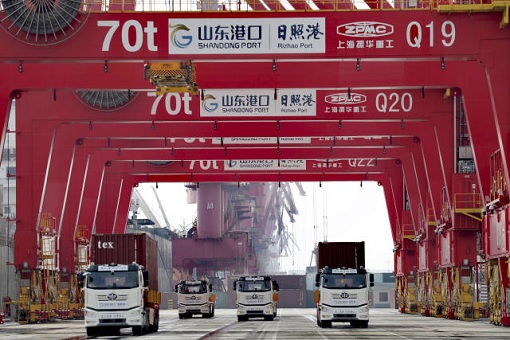
This week, the U.S. Census Bureau revealed that the US goods trade deficit with China jumped 14.5% to US$355.3 billion in 2021, despite the so-called Phase-1 trade deal supposedly to narrow the American’s deficit with the Chinese. The deficit contracted to US$344.3 billion in 2019 and US$310.3 billion (2020), before skyrockets again last year.
This round, Beijing has blamed the failure to fulfill the Phase-1 on Joe Biden’s inability to control spiraling inflation. To fix the problem, China lectures that the U.S. should lower tariffs on Chinese goods to ease inflationary pressures in order for Chinese companies to buy more American products. The latest data from the Labour Department on Thursday (Feb 10) shows inflation shot to 7.5%.
This means not only the American inflation for the past 12 months is higher than the expected 7.2%, but was the highest since February 1982. Essentially, President Biden, who has chosen to maintain Trump’s tariffs on Chinese goods, has no one to blame but himself for hugging a time bomb. The foolish Biden hadn’t a clue that the Americans have been paying the tariffs.
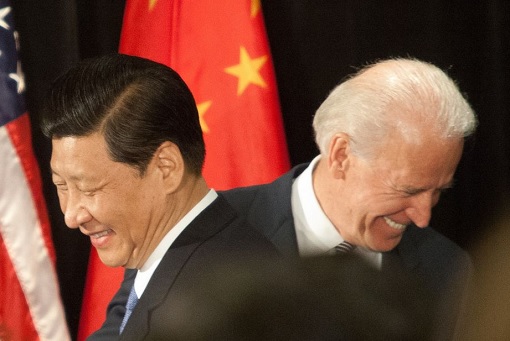
Trump liked to claim that the Chinese were paying tremendous amounts of tariffs. According to the National Bureau of Economic Research (NBER), it was U.S. consumers who paid US$16.8 billion tariffs in 2018 alone. In fact, the NBER calculated that almost 100% of import taxes have been passed on to U.S. importers and consumers, so much so they paid at least US$42 billion for tariffs as of Oct 2019.
So, not only the Americans were paying 100% of the tariffs, it contributed to the escalating inflation, which caused American goods more expensive, which was then used as an excuse by China’s failure to meet Phase-1’s commitment. Last November, US Trade Representative Katherine Tai said one of the problems included China’s lack of purchases of commercial aircrafts.
But China said it cannot buy more aircrafts with the pandemic wrecking havoc the U.S. manufacturing sector. It also claimed that China had met up to 87% of agricultural products from the U.S., while had bought 58% manufactured goods and 43% in energy products. Beijing also argued that the escalating logistic costs due to the Covid-19 pandemic has affected its demand for energy products.
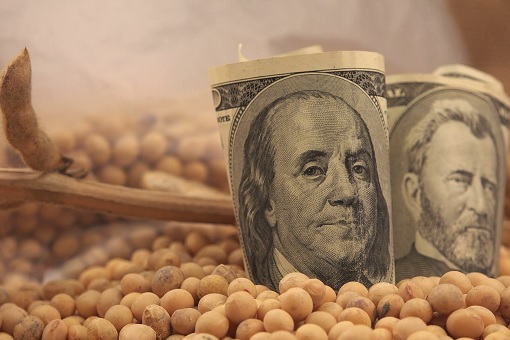
Now that the trade deficit with China jumped by US$45 billion to US$355.3 billion last year, the largest since a 2018 record of US$418.2 billion, it seems everything is back to square. Worse, Beijing’s purchases were not even enough to return to China’s 2017 baseline level. In other words, China actually bought zero dollar out of the US$200 billion committed in the Phase-1.
Other Articles That May Interest You …
- Stock Market Sell-Off Is Not Over Yet – And The IMF Downgrades Global Growth As Economies Of U.S. & China Slow
- A Rough & Tough Year 2022 – Stocks Plunge, Oil Drops, Cryptocurrencies Tumble And Pessimism Skyrockets
- Deltacron – Is The New Covid-19 Variant Real, Or Being Ignored Because Experts Too Busy & Tired Of Omicron?
- Despite Power Crunch & Trade War, China Trade Surplus With The U.S. Hit Record $42 Billion In September
- Biden Blinked – Huawei CFO Sabrina Meng Returns Home, US-DOJ Dropped Extradition Request
- Commodities Crash – How China Releases Metal Reserves To Tackle High Prices And Shortage
- Trade Surplus Of $535 Billion – Not Even The U.S. Trade War Or Covid Pandemic Can Destroy China Economic Powerhouse
- Five Eyes Alliance Plans To Teach China A Lesson With Economic Sanctions – But It’s Easier Said Than Done
- China No Longer Needs U.S. Parts – Huawei Mate 30 Contains Zero American Chips
- China Strikes Back!! – Trade War Becomes Currency War After Suspends U.S. Agricultural Goods & Devalues Currency
- China’s Trade Surplus For May Hit $41.65 Billion – Trump Threatens Xi To Meet Him At G20 Summit … Or Else

|
|
February 10th, 2022 by financetwitter
|


|

|

|

|

|

|






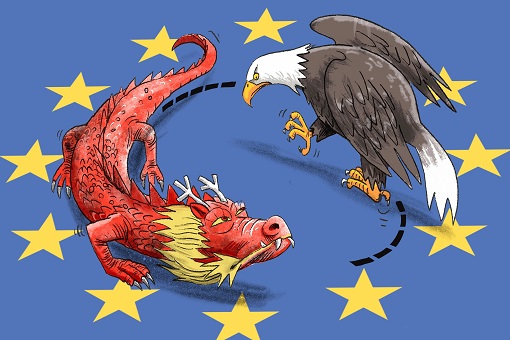





















Two more observations:
1. The trade deal was supposed to end US actions against China, but close 1,000 Chinese companies were sanctioned after the trade deal was signed. So this not only discouraged China from buying willingly but also stopped US companies from selling to China.
2. Unlike Trump, Biden discouraged shell oil production. So how could US even meet the supplies in the trade deal? No wonder this area is the least purchased.